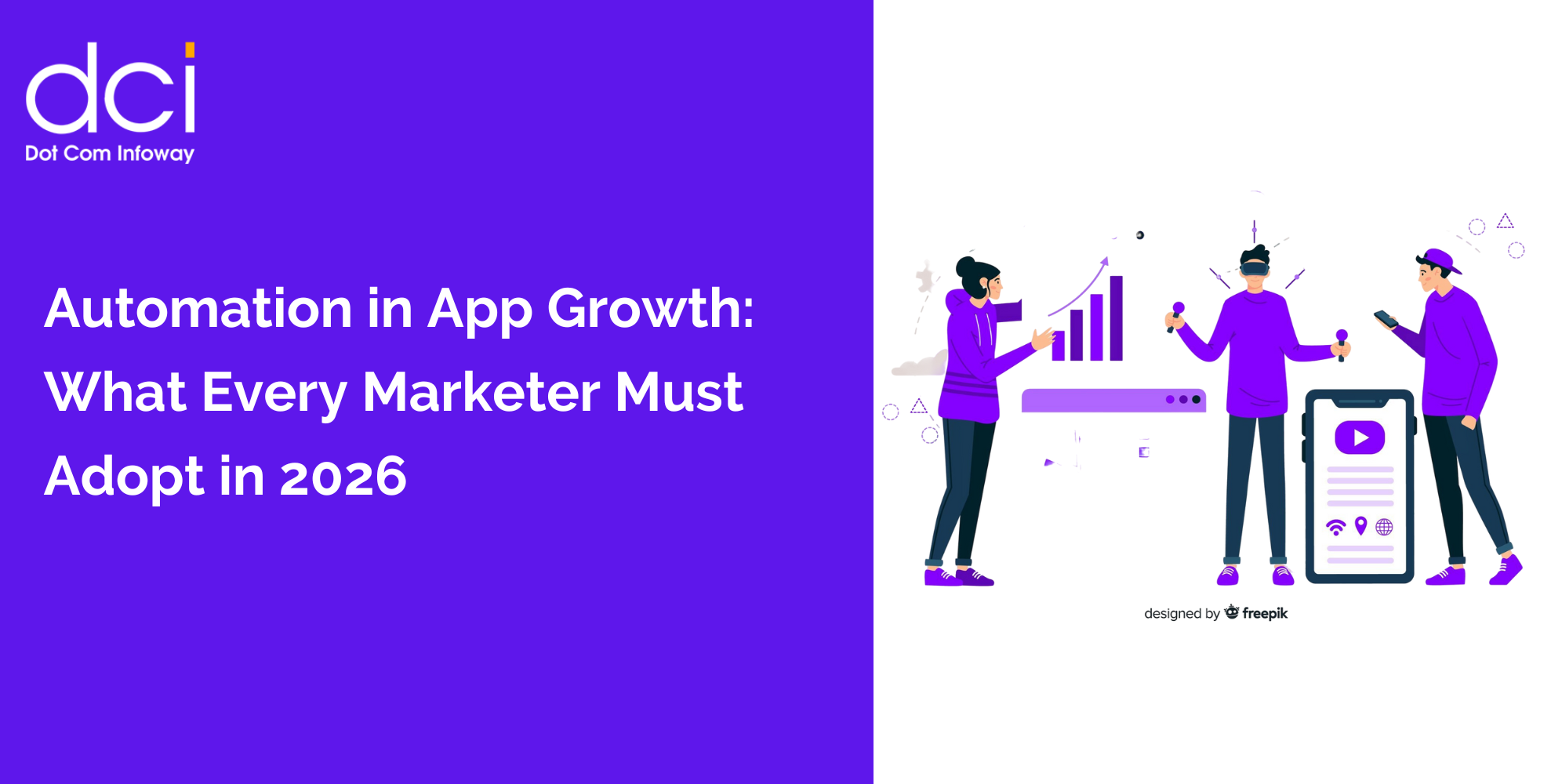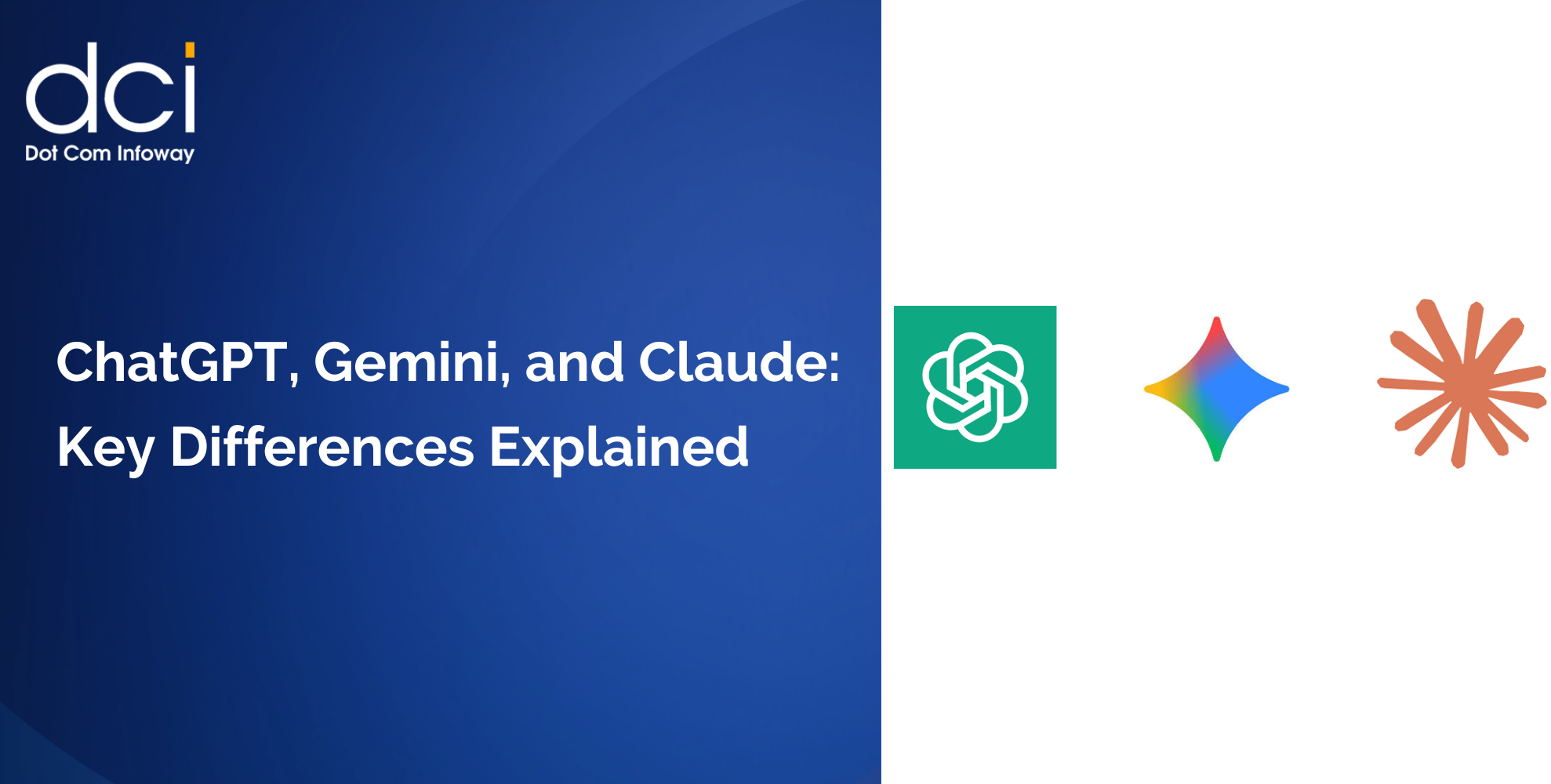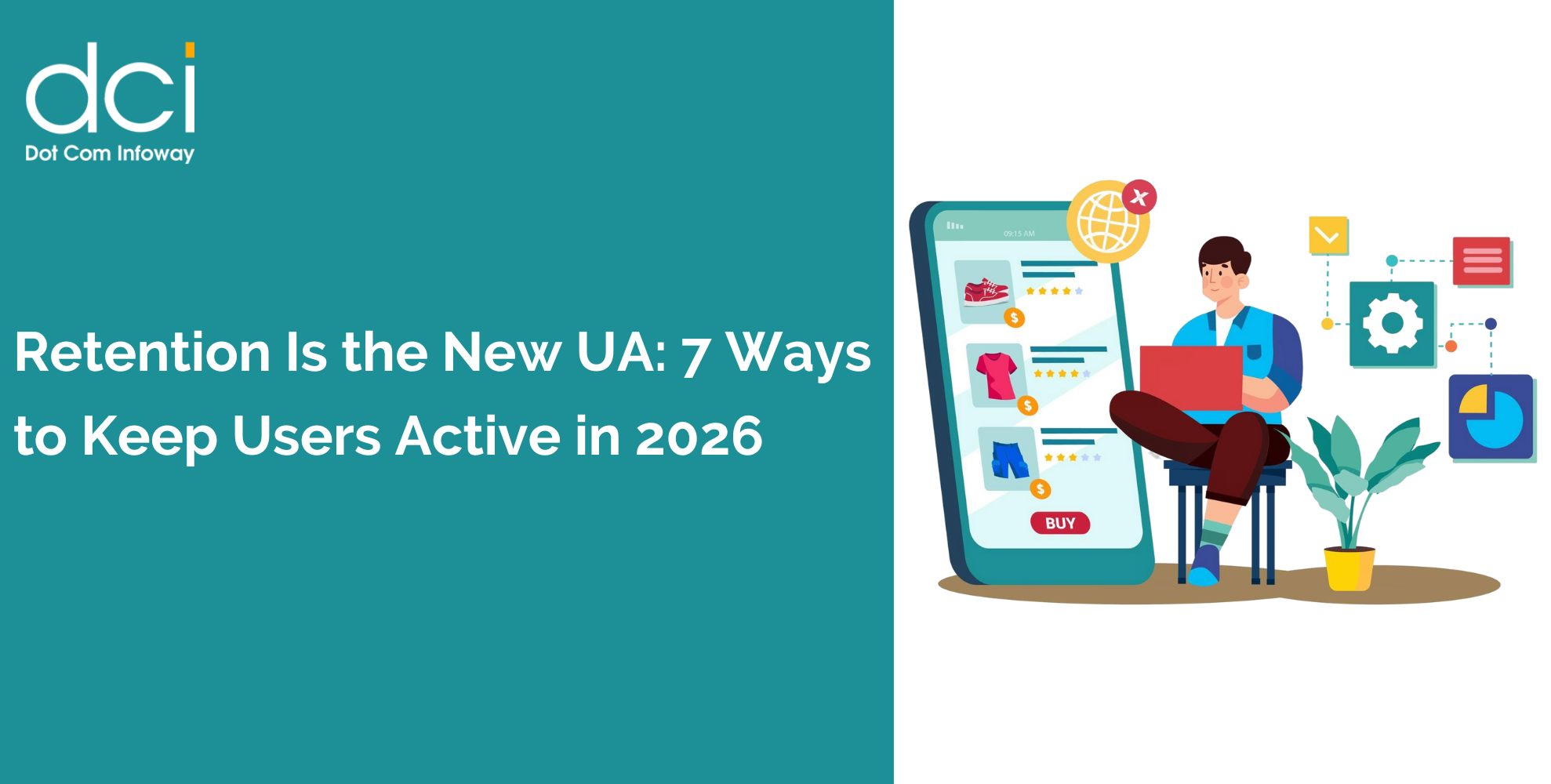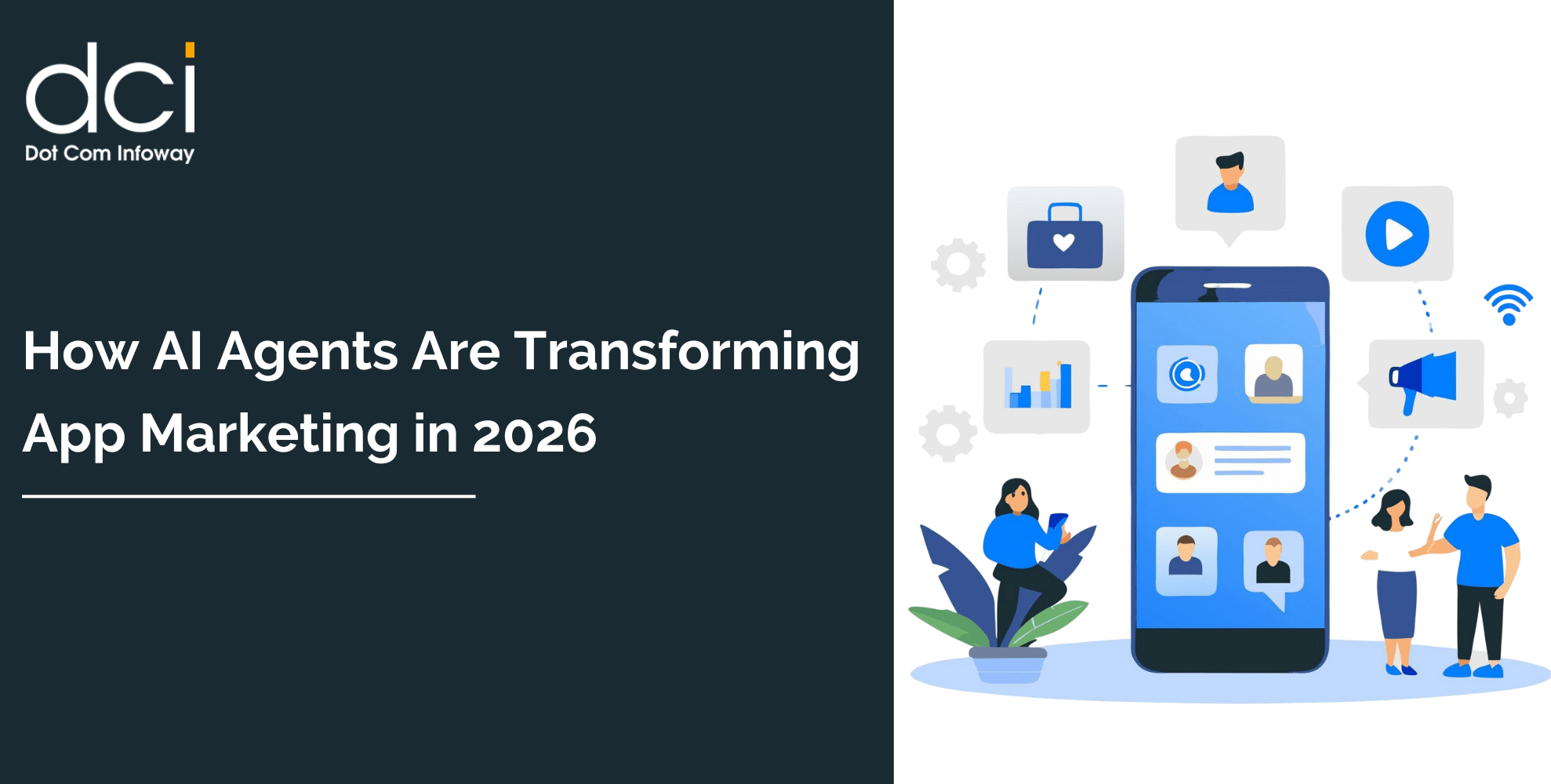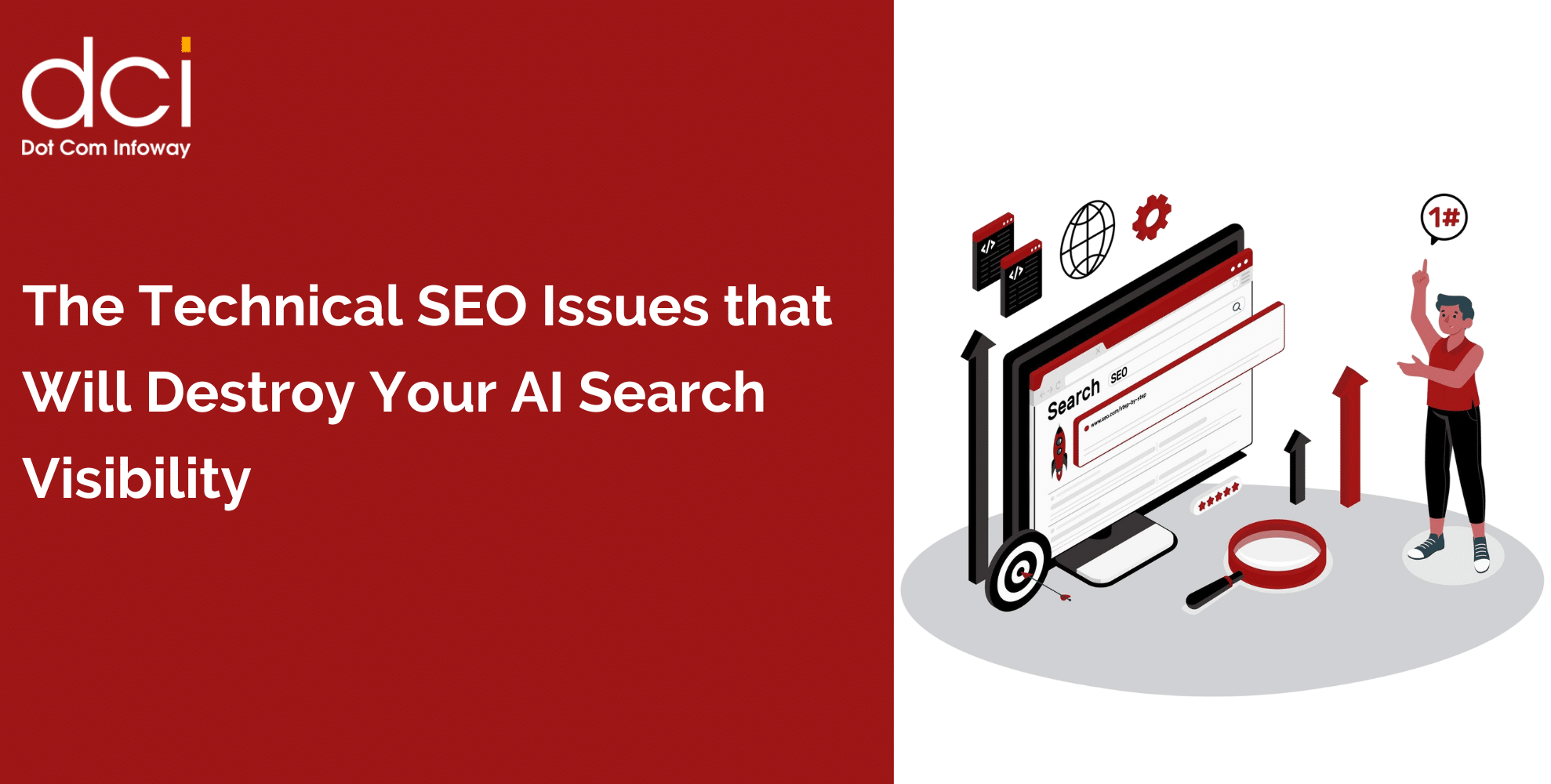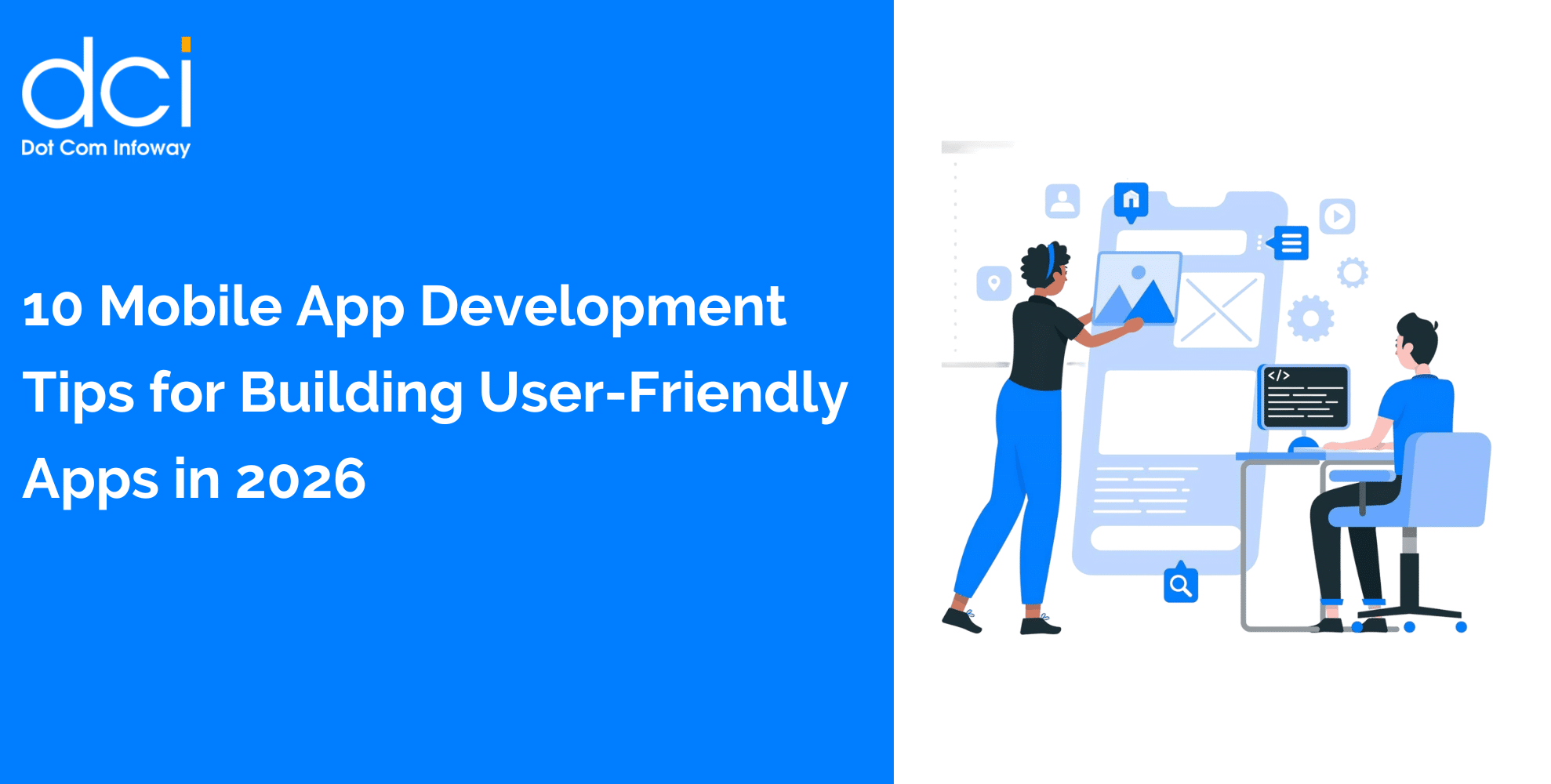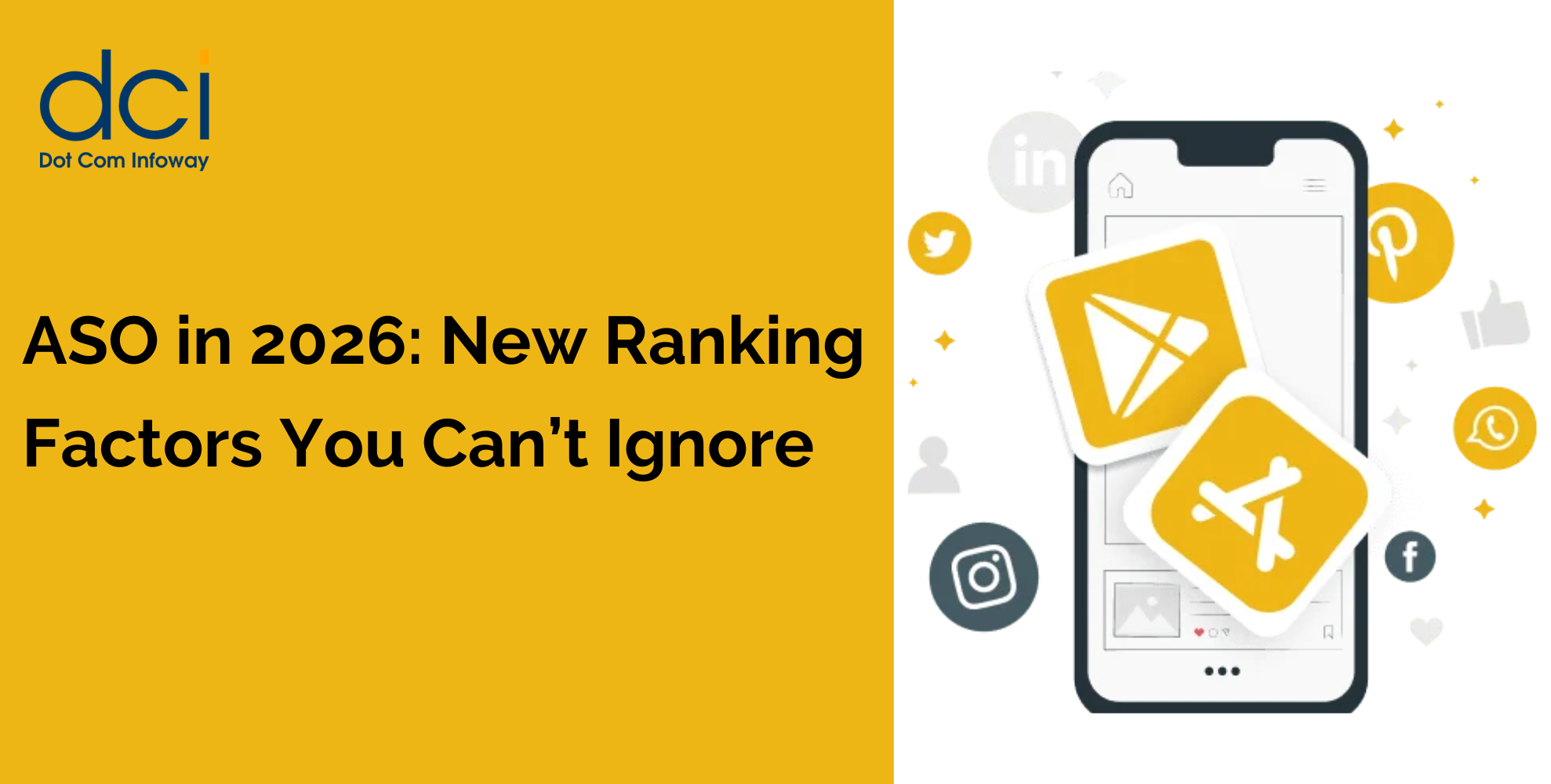Target Audience
Before rushing to have your app on the market, it’s prudent that you conceptualize about your audience. Identifying the right target can either be a challenge or not. This squarely lies on how well you know your objectives.
It should come to your attention that the right audience gives directions on what to incorporate, change or update on your plan. Apart from having the target audience, it’s upon you to keep track and monitor them.
While narrowing down on the specific audience, you may wish to focus on those who stand to benefit most. However, ensure that the identified group accrues enough revenue to sustain your app.
Brand Your App
As you plan for your app, always keep in mind that first impressions matter a lot. To tighten any loose ends, it’s important to have an outstanding brand. This should encompass; the app name, icon, description.
These parameters should capture the exact purpose of the app. Let’s say you have a soccer app. The icon should at least have a ball or football terms. Another aspect to check while coming up with a brand is the competition.
If there are similar apps matching your idea, it’s advisable that you be spontaneous. Also, avoid picking already used logo or icons. Furthermore, the plan should also provide room for rebranding.
Preferred Marketplace
By the end of 2017, Google’s Play store and IOS had 2.8 million and 2.2 million apps respectively. The statistics may indicate that Google, is leading in terms of numbers, but when it comes to revenue generated the inverse is true.
The reason we’ve used the above example is to showcase the varying market channels. We recognize the alternatives out there and it’s crucial that you factor this in building your plan. You may simply opt to go for the platform that is available in the location of your target audience.
Go ahead and interrogate the app categories and how do either of them they favor your app. This is how you discover whether to use both or one of the entities. Nonetheless, choosing both has its own cost implication. So choose wisely!
Return on Investment
You might have a splendid idea of what you’d like your app to appear but miss out on this. ROI (return on investment) refers to the efficiency of investment and more so in building a mobile app. Here, it’s expected that you evaluate cost implications against the expected income.
It’s pointless to come up with an app that doesn’t profit you in any manner. Why do we say this? In a number of instances, you’ll identify that developing and running mobile app is quite costly. If you fail to account for this, then you may end up getting frustrated (especially from a worthwhile investment).
Additionally, return on investment aids in coming up with a budget for the entire app development process.

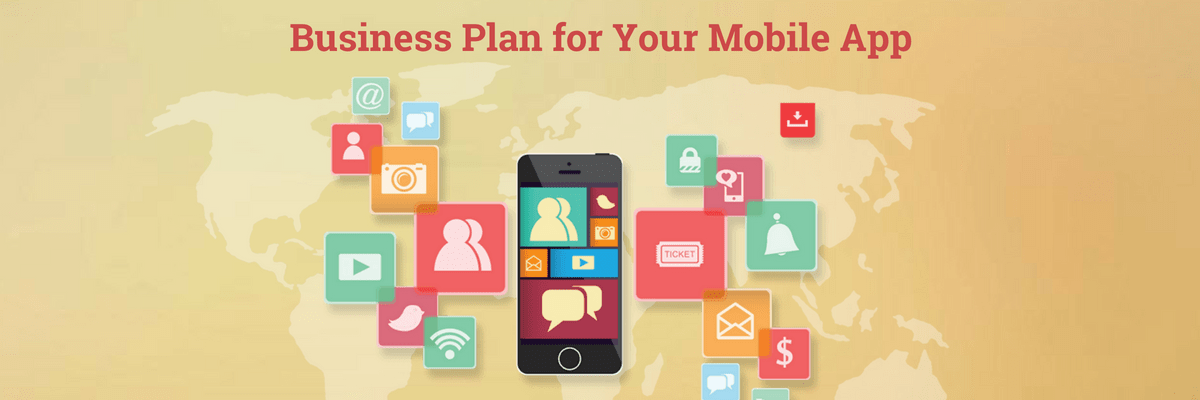

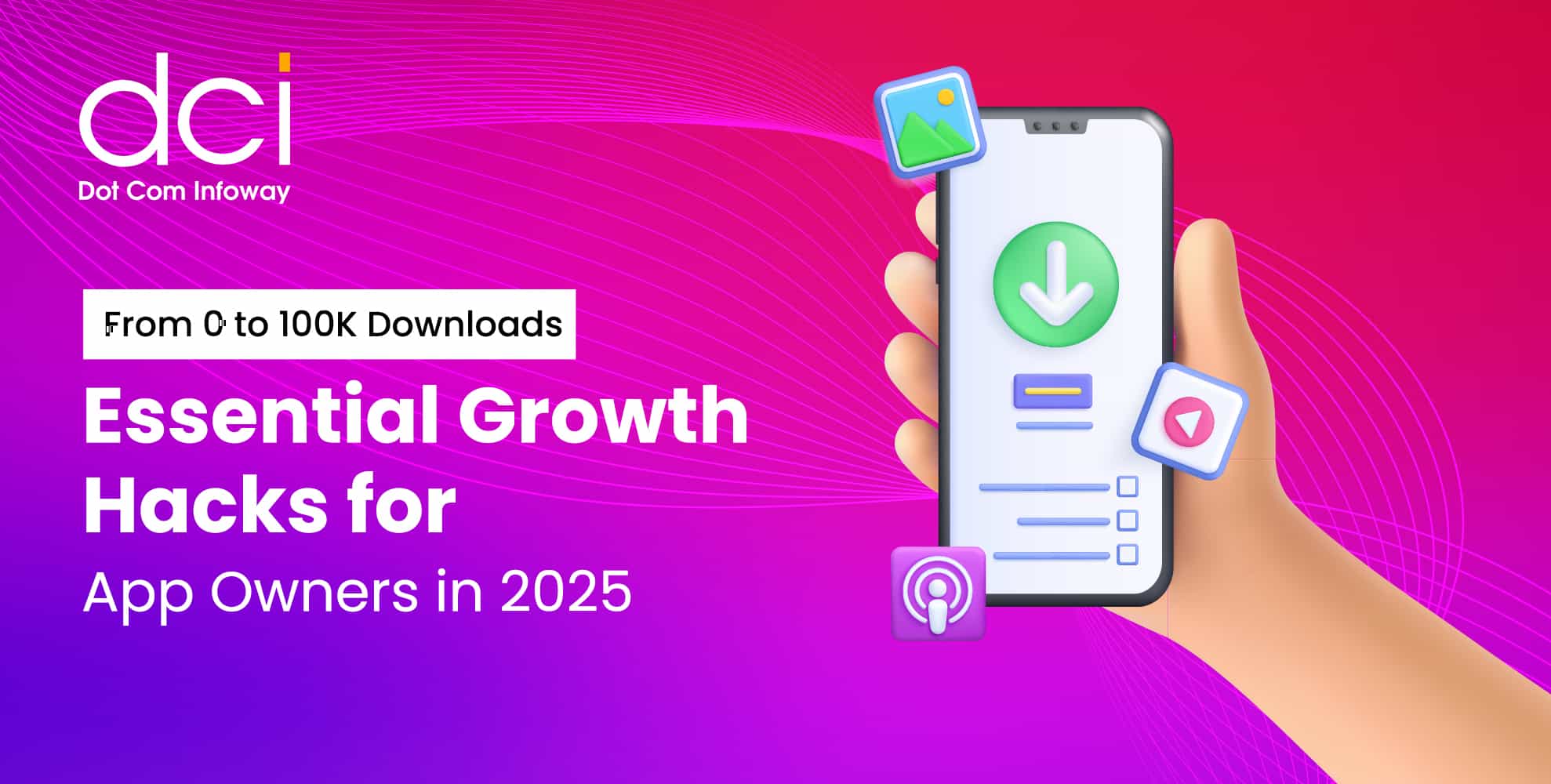

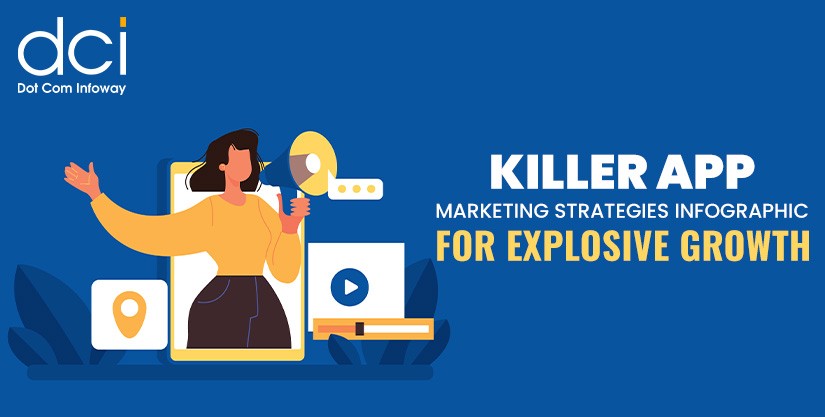

![The Game Marketing Guide: Pre and Post-Launch Strategies [Infographic]](https://www.dotcominfoway.com/wp-content/uploads/2023/09/DCI-Game-Marketing-blog-1.jpg)
